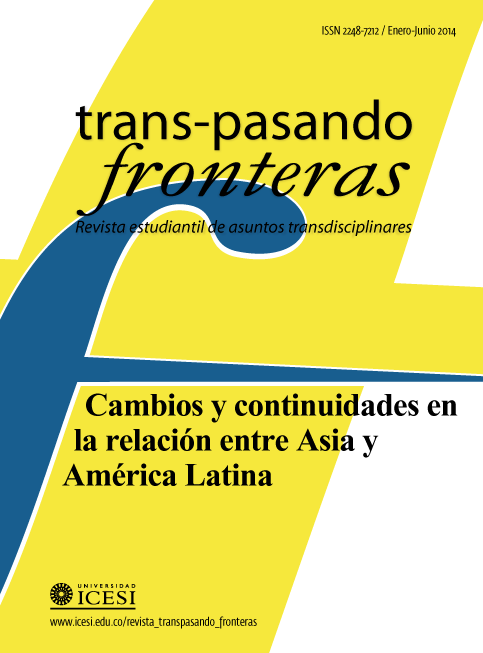Sustainability of the Chinese economic growth: a review from the institutional theory
DOI:
https://doi.org/10.18046/retf.i5.1536Keywords:
Institutions, history, economic growth, innovation, sustainabilityAbstract
The evolution of Chinese economic growth correlates with more or less inclusive politic and economic institutions at different points of history. At 13 century, China stood as the most technologically advanced nation in the world, where economic institutions motivates innovation and trade. In 20th century China experienced some industrialization policy by the regime, the Great Leap Forward, while in the last three decades economic growth has been pushed by an abundant workforce, implementation of economic reforms aimed at the market and promotion of domestic consumption. However, China has driven its economic activity into an authoritarian context, political and economic constraints where we could assume that sustainability of Chinese economic model with high growth rates tends to stagnate in the coming years, if political reforms are not carried out.
Downloads
References
MADISON, Angus, (2007). Contours of the World Economy, 1-2030 AD. Oxford University Press
NEEDHAM, Joseph y Collin A. Ronan (1978). The Shorter Science and Civilisation in China: an abridgement of Joseph Needham’s Original text. Cambridge and New York: Cambridge University Press
QUIROGA, Gloria C. (2007). “China, 30 años de crecimiento económico. En: Anuario Jurídico y Económico Esculiarense, XLII, 463- 480
SERVIGÓN CABALLERO, Vicente (2005). El sistema político y constitucional en China, recuperado en www.revistajuridicaonline.com
ZHU, Xiadong, (2012). “Understanding China’s Growth: Past, present and futur”. En: Journal of Economic Perspectives, volumen 26, Number 4, pp. 103-124
Downloads
Published
Issue
Section
License
Trans-pasando Fronteras provides immediate open access to its content on the principle that making research freely available to the public supports a greater global exchange of knowledge.
© Authors hold copyright and publishing rights without restrictions but in accordance with the CC license.
All the material in this publication can be reproduced as long as reference is made to title, author and institutional source.







